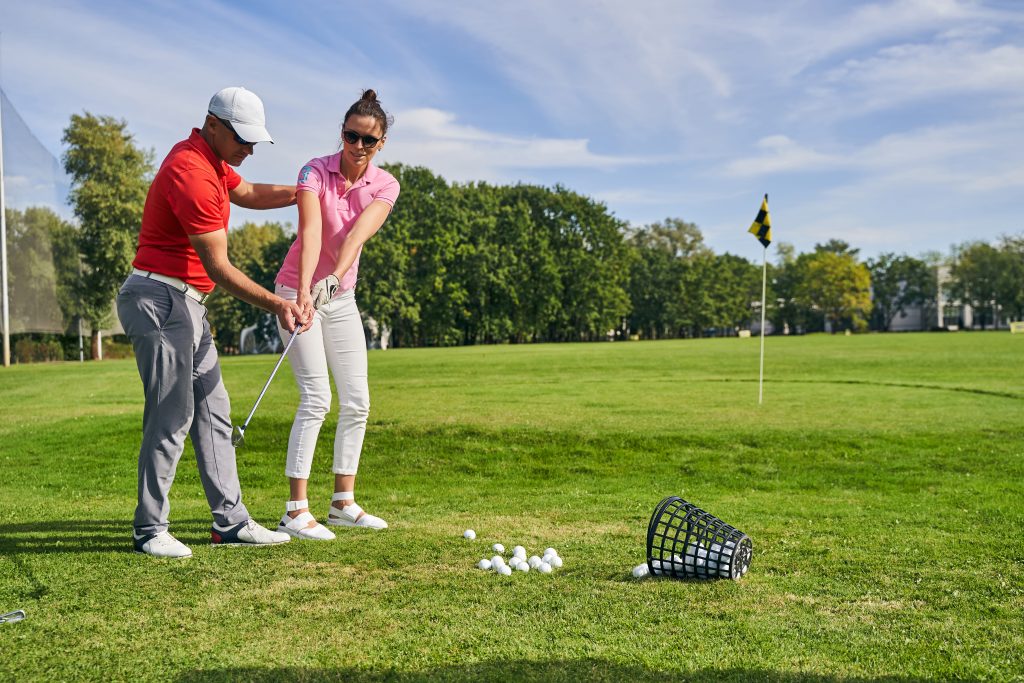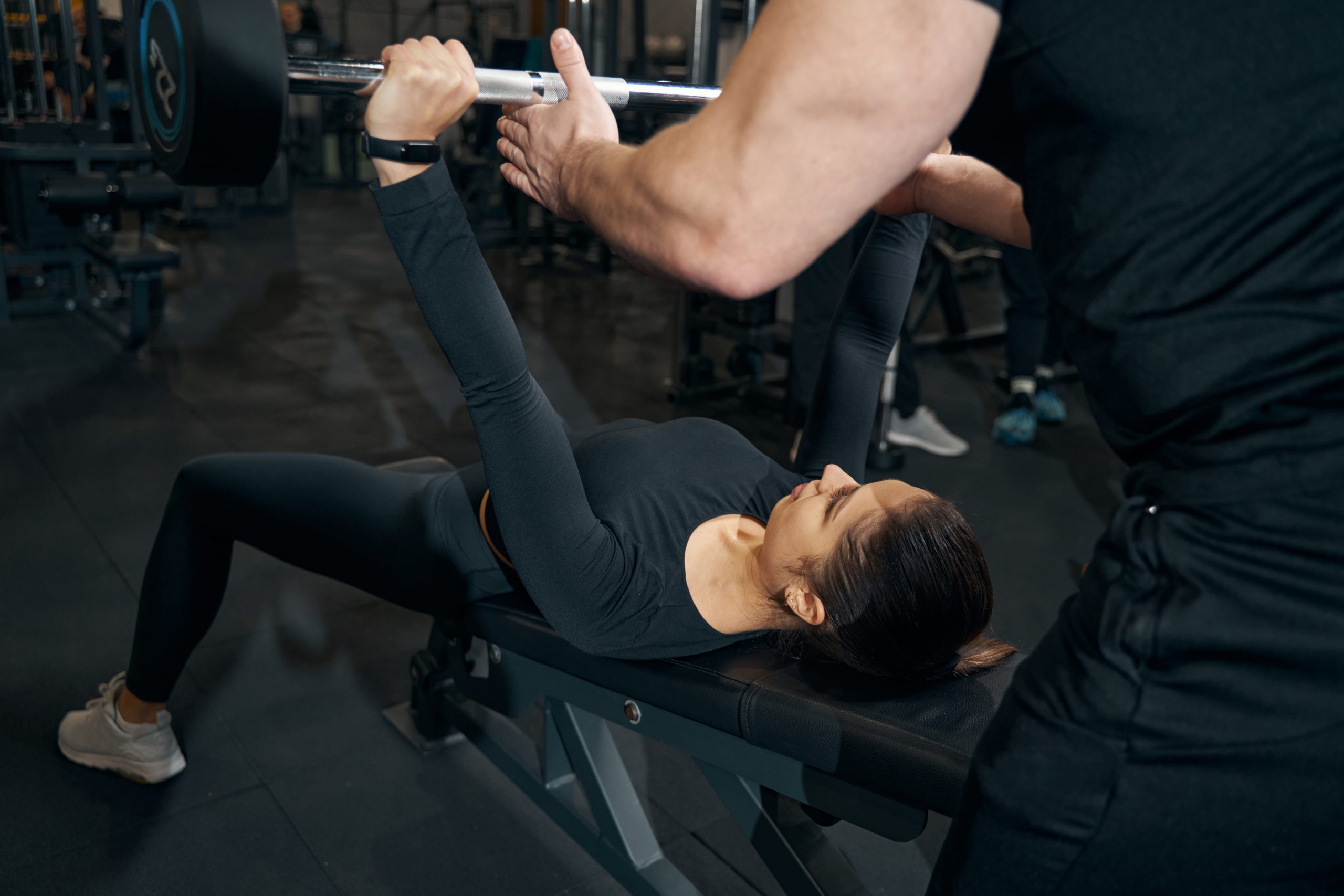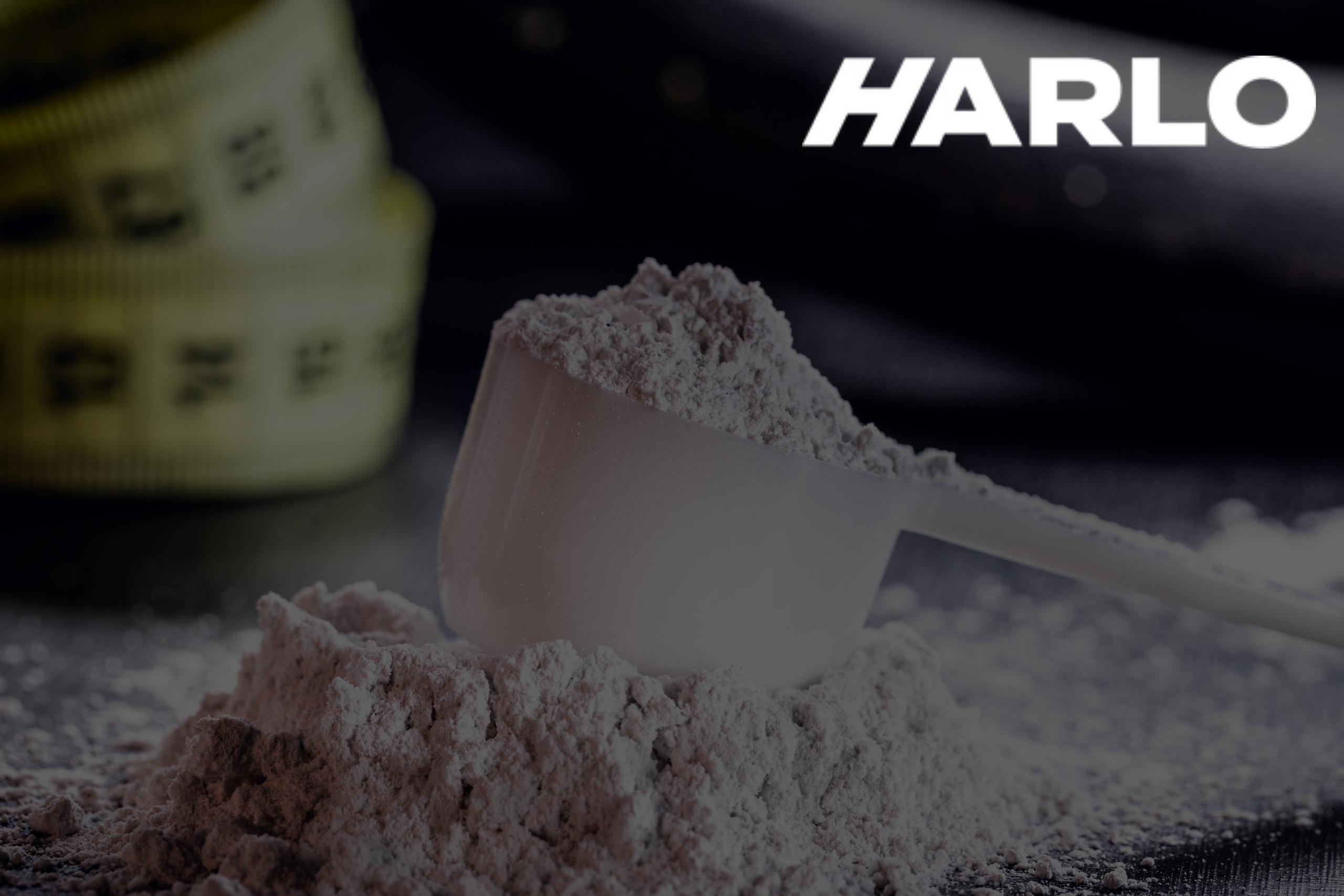Beginning an exercise routine can be intimidating and overwhelming, but it doesn’t have to be. With the right tips, you can kickstart your fitness journey in a way that is both safe and effective. Whether you’re looking to shed a few pounds or build muscle, these 8 best fitness tips for beginner athletes will help get you on track towards reaching your goals.

Benefits of a Good Fitness Routine
Getting in shape doesn’t have to be a daunting task. By following a good fitness routine, you can become healthier, stronger, and more confident. Not to mention, the right type of exercise can help reduce stress levels and improve overall mental health. Plus, regular physical activity can help protect against chronic illnesses like heart disease and diabetes. With that being said, here are some key benefits of having an active lifestyle:
Firstly, regular exercise helps build muscle strength and endurance while also improving coordination and balance. This not only makes everyday activities easier but also reduces the risk of injuries due to falls or missteps. Secondly, consistent physical activity increases blood flow throughout the body which helps reduce blood pressure and improve circulation. Thirdly, incorporating resistance training or weight lifting into your fitness routine can help build lean muscle mass and increase your metabolism for better fat burning results. Finally, engaging in regular bouts of high-intensity interval training or outdoor workouts gives you the opportunity to explore different fitness levels while pushing yourself further each time.
Tip 1: Set Realistic Goals
Setting realistic goals is the best way to ensure that you stay motivated and on track. Before starting a fitness routine, make sure to break down your overall goal into smaller, achievable milestones. This will help you measure your progress and keep yourself accountable. Additionally, it can be helpful to set a specific timeline for each milestone so you know when to expect results.
It is also important to be realistic about what you can achieve in terms of time and effort. If you are just starting out with a new fitness routine, it is important not to overdo it right away. Instead, start slow and gradually increase the intensity of your workouts as your body adapts. Make sure to schedule rest days into your weekly plan as well – this will give your body enough time to recover between training sessions while avoiding burnout or injury.
With these tips in mind, setting realistic goals can be a great way to keep yourself motivated and focused on achieving long-term success with your fitness routine!
Tip 2: Incorporate Proper Form in Your Workouts
Proper form is essential for any fitness routine, no matter if you are a beginner or an advanced athlete. Incorporating proper form into your workouts can help to maximize the effectiveness of each exercise, as well as reduce the risk of injury. It is important to pay attention to your body’s alignment and posture when performing any exercise, and be sure to use a full range of motion with each movement.
Focusing on proper form will also ensure that you get the most out of your workout. When practicing proper form, you are able to engage more muscles and increase muscle strength over time. Additionally, using good technique helps to improve your overall coordination and balance, which can help reduce the risk of injury in other areas like sports or everyday activities.
Finally, incorporating proper form in your workouts can help you become more aware of how your body moves in space. This increased awareness can lead to improved performance and better results from each workout session – so make sure to practice proper form whenever possible!
Tip 3: Create a Workout Routine That Is Right for You
Creating the right workout routine is essential for any beginner athlete, as it can help to maximize your time and effort in the gym. When creating your own routine, it’s important to consider elements such as your physical activity level, fitness goals, strength training needs and recovery time. Additionally, you should also take into consideration any pre-existing medical conditions or injuries that may limit certain activities or exercises.
When developing a plan that works best for you, make sure to include a variety of exercises and activities in order to improve overall fitness levels. A balanced routine should include aerobic workouts like running or cycling, weight training and resistance exercises such as bodyweight movements or weights machines, interval training (which alternates periods of high-intensity exercise with rest periods), and stretching/foam rolling for better blood flow and muscle recovery. You may also want to incorporate outdoor workouts such as hiking or swimming if possible.
Overall, creating a workout routine that is tailored specifically for you will help ensure that you are getting the most out of each session – so be sure to take the time to design one that works best for you!
Tip 4: Improve Muscle Strength Through Weight Training
One of the best ways to improve your athletic performance is by incorporating weight training into your fitness routine. Weight training helps build muscle strength and endurance, which can be beneficial in a variety of sports or activities. Additionally, it can also help with improving balance, coordination, and flexibility.
When starting out with weight training, it’s important to focus on proper form and technique first before gradually increasing the amount of weight you’re lifting. You should also give yourself enough rest between sets so that you don’t risk injury or strain your muscles. It may also be helpful to work with a personal trainer or coach to design an individualized program tailored just for you.
Weight training can be done using either free weights (such as dumbbells) or machines. When using free weights, make sure to perform each exercise slowly and smoothly for maximum effectiveness. Machines are great for beginners because they allow for greater control over the range of motion and intensity levels of the exercises.
Whichever type of weight training you decide on, make sure to include exercises that target all areas of your body – from arms and shoulders to legs and back – in order to ensure balanced development throughout your body. With consistency and dedication, you’ll soon notice improved muscle strength – so get lifting!
Tip 5: Incorporate Aerobic Exercise Into Your Routine
Aerobic exercise is an important part of any fitness routine, as it helps to increase your overall endurance and stamina. It also helps to strengthen your heart, reduce your risk of injury, and improve your overall health. When incorporating aerobic exercise into your routine, it’s important to remember that the intensity should be tailored to your individual level of fitness.
If you’re new to exercising, start with low-impact activities such as walking or cycling at a moderate pace for short periods of time. As you become more physically fit and comfortable with aerobic exercises, you can gradually increase the intensity and duration of each session. For maximum benefit, aim for 30 minutes of aerobic exercise a day – but if that’s not realistic for you right now, don’t worry! Any amount of physical activity is beneficial for your body.
To get started on an aerobic routine, consider trying out different types of activities to find something that works best for you. You could try jogging around the block or joining a dance class – whatever fits into your schedule and interests. Additionally, interval training is another great way to get in some intense workouts while still allowing adequate rest periods between each session.
Tip 6: Monitor Your Fitness Levels Regularly
Monitoring your fitness levels regularly is an important step in any successful fitness routine. By keeping tabs on your progress, you can see where you need to improve and make changes that will help you reach your goals faster.
The best way to monitor your progress is by tracking specific metrics such as weight, body fat percentage, heart rate, resting heart rate, and muscle strength. You should also note any changes in your energy levels throughout the day, as well as how well you sleep at night. All of these factors can give you insight into how effectively you’re progressing towards achieving your goals.
It’s also beneficial to keep a journal of what exercises and training sessions you do each day so that you can look back at them later. This will help you identify which workouts have been most effective for improving various aspects of your fitness level, from strength and endurance to balance and agility. Additionally, it will allow you to recognize any new skills or abilities that may be developing over time due to the hard work you’ve been putting in!
By monitoring your fitness levels regularly and tracking specific metrics, you’ll be able to stay motivated and make sure that all of the hard work is paying off!
Tip 7: Allow Adequate Recovery Time Between Workouts
When it comes to any training program, recovery is just as important as the workout itself. Proper recovery between workouts allows your body to heal and rebuild, reducing the risk of injury and improving your performance in future sessions.
How long you need to rest depends on how intense your workout was – if you were doing a high-intensity interval session, for example, you may need up to two days of recovery before doing another similar workout. However, if you did a light jog or walk around the neighborhood, then a day is usually enough.
During this time off from exercise, it’s important to focus on muscle recovery techniques that will help reduce soreness and improve blood flow. Foam rolling is an effective way to release tension in tight muscles and can be done anywhere with minimal equipment. Additionally, stretching and light yoga are great for increasing flexibility while also helping to reduce inflammation.
Finally, make sure that you get plenty of sleep at night! Adequate restful sleep helps the body recover faster after tough workouts by providing energy for the next day’s activities. Aim for 8-9 hours a night – any less than that and your body won’t have enough time to repair itself fully from the previous day’s workout.
Tip 8: Minimize Risk of Injury During Workouts
Minimizing the risk of injury during workouts is key to helping beginner athletes achieve their fitness goals. To help reduce the chance of sustaining an injury, it is important to focus on proper form and technique when doing any exercise. This means that you should focus on controlling your body throughout each movement, rather than relying on momentum or speed.
Additionally, it is a good idea to start with lighter weight and gradually increase the load as your muscles become stronger. Doing too much too soon can lead to muscle strain and other injuries. If you are unsure about how much weight you should use for a particular exercise, consult a professional trainer for advice on proper form and technique.
If you are engaging in more intense forms of physical activity such as aerobics classes or high-intensity interval training (HIIT), make sure to listen to your body and take breaks if needed. It is also important to stay hydrated throughout your workout session by sipping water regularly; dehydration can cause fatigue, dizziness, and even heat stroke if left unchecked.
Finally, be sure to warm up before any workout session by doing dynamic stretches such as side lunges or arm circles. This will not only help reduce the risk of injury but will also improve your overall performance during the session itself.

Conclusion
All in all, following these fitness tips can help beginner athletes stay safe and healthy while still making progress towards their fitness goals. With proper form and technique, adequate recovery time between workouts, and a warm up routine, you’ll be well on your way to becoming an experienced athlete in no time!




